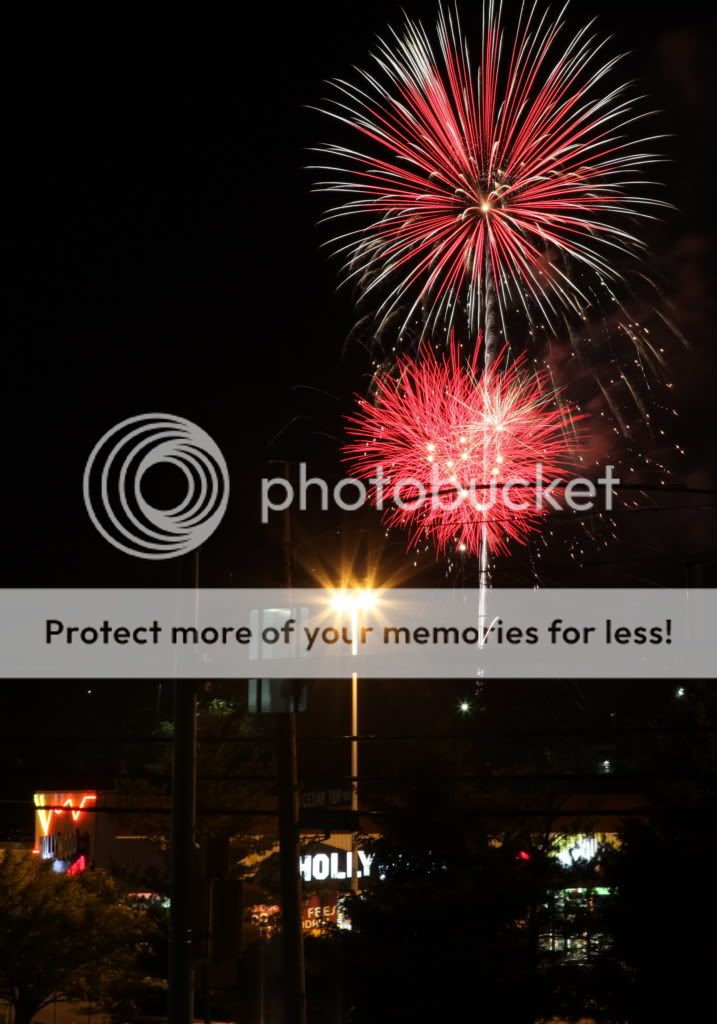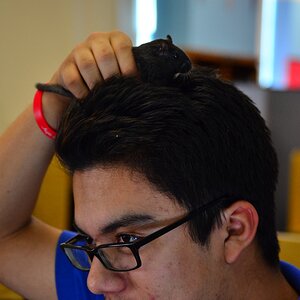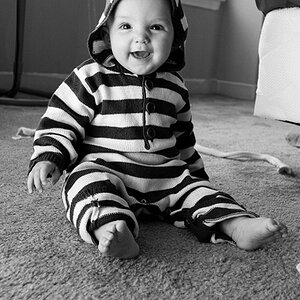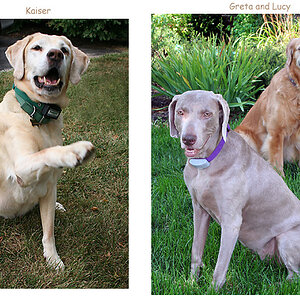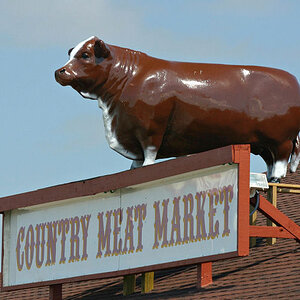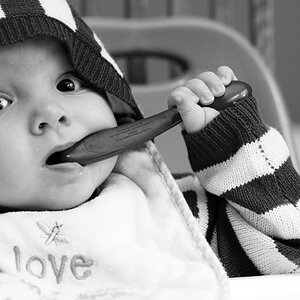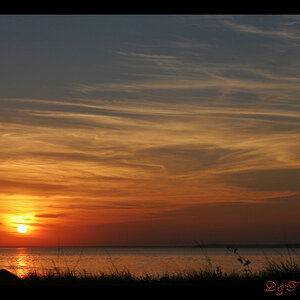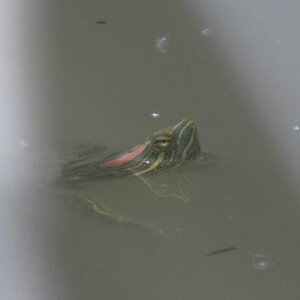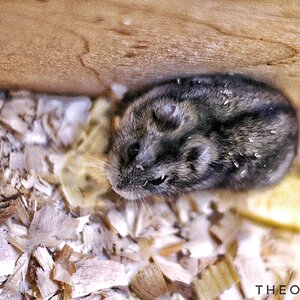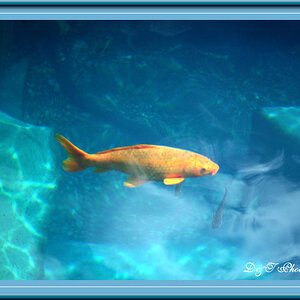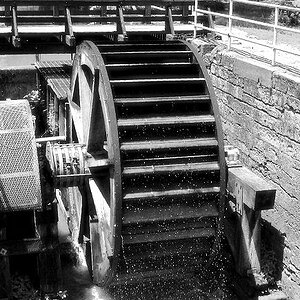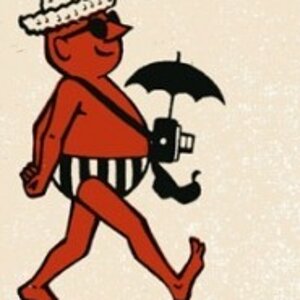MelodyMusic
TPF Noob!
- Joined
- Jul 22, 2009
- Messages
- 13
- Reaction score
- 0
- Location
- Canada
- Can others edit my Photos
- Photos NOT OK to edit
Hello Everyone,
I am fairly new to the world of photography, and that being said, I bought my first Digital SLR camera one week ago.
I have been testing it out randomly to figure out what each setting is capable of doing, but I would like to use the settings for brilliant photos, as opposed to pictures which would mean nothing, really.
I had two specific questions in mind, and if need be, I will post sample pictures I found on the Internet for clarification.
1) If anyone has seen a professional portrait of someone up close, they will notice that the person's face is very soft, glowy, and almost smooth like velvet. The pores of the skin are not at all visible, and there is an even 'flowy' feel to the texture of the skin. However, their features are clear, for example, their eyes sparkle and are in high focus. How is this so? Is this the work of a camera alone, or specific lighting techniques are used in the setting where the photography is taking place? Or is this the work of editing software, and not the sole outcome of the camera?
2) When looking at pictures taken of streets and high-traffic areas, I notice a very cool effect which is apparent in many pictures, and that is where the light fixtures give off a 'star' effect. For example, the light pole on a major intersection does not show the actual light-bulb lighting the area, but it shows a 'pointed-star' effect for which the light is shining. What settings must the camera be set at for a picture to turn out like this? Or when cars are speeding by, they are not caught as cars in the photo, but are instead showcased as 'dangling colourful' lines. Is this the same outcome due to the 'lights' effect?
I hope my questions make sense, it is quite difficult to put my questions into words when I've seen them from pictures.
Any suggestions would greatly be appreciated.
- Melody
I am fairly new to the world of photography, and that being said, I bought my first Digital SLR camera one week ago.
I have been testing it out randomly to figure out what each setting is capable of doing, but I would like to use the settings for brilliant photos, as opposed to pictures which would mean nothing, really.
I had two specific questions in mind, and if need be, I will post sample pictures I found on the Internet for clarification.
1) If anyone has seen a professional portrait of someone up close, they will notice that the person's face is very soft, glowy, and almost smooth like velvet. The pores of the skin are not at all visible, and there is an even 'flowy' feel to the texture of the skin. However, their features are clear, for example, their eyes sparkle and are in high focus. How is this so? Is this the work of a camera alone, or specific lighting techniques are used in the setting where the photography is taking place? Or is this the work of editing software, and not the sole outcome of the camera?
2) When looking at pictures taken of streets and high-traffic areas, I notice a very cool effect which is apparent in many pictures, and that is where the light fixtures give off a 'star' effect. For example, the light pole on a major intersection does not show the actual light-bulb lighting the area, but it shows a 'pointed-star' effect for which the light is shining. What settings must the camera be set at for a picture to turn out like this? Or when cars are speeding by, they are not caught as cars in the photo, but are instead showcased as 'dangling colourful' lines. Is this the same outcome due to the 'lights' effect?
I hope my questions make sense, it is quite difficult to put my questions into words when I've seen them from pictures.
Any suggestions would greatly be appreciated.
- Melody


